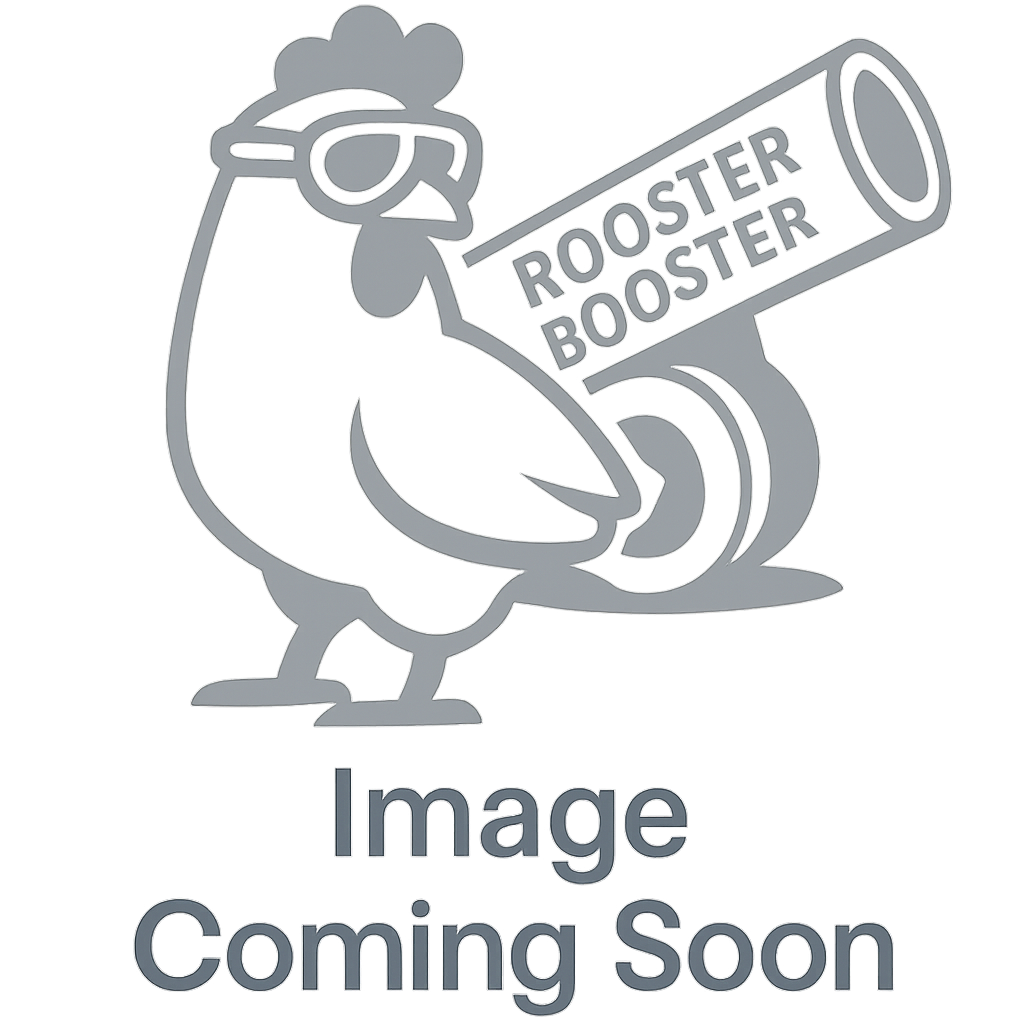Bird Strike (Aircraft) - Coming Soon
Bird Strike (Aircraft) - Coming Soon
The Bird Strike Test is conducted to evaluate the ability of aircraft components, such as windshields, radomes, and leading edges, to withstand impacts from birds during flight. This critical safety test simulates real-world bird strike scenarios by propelling birds at high velocities to assess structural integrity and compliance with aviation safety standards.
Test Methods

Test Summary
In the bird strike test, a bird is launched at high velocity using an air cannon to simulate the impact of a bird strike on aircraft components, such as cockpit transparencies, radomes, antennas, propellers, landing gear, and leading edges. The test is conducted under controlled conditions, with the bird's weight, velocity, and impact angle carefully calibrated to match real-world scenarios. For cockpit transparencies and other components, the impact must not result in penetration, compromise the structural integrity, or impair the functionality of the component.
Test Fixture Requirements
The test fixtures should be built and assembled using the same materials and processes as those used in actual production. This ensures that the test samples accurately represent the real components, including any minor defects that fall within the acceptable limits set by manufacturing standards.
Regulatory Requirements
This test is typically used to show compliance with the following U.S. Federal Regulations:
Products Requiring This Test
Some components that my require bird strike testing include:
History of the Bird Strike Test
The history of bird strike testing in aviation dates back to the early days of flight. The first recorded bird strike occurred in 1908 when Orville Wright's aircraft collided with a bird during flight. This incident marked the beginning of awareness about the risks birds posed to aviation. In 1912, the first fatal bird strike was recorded when Calbraith Perry Rodgers, a pioneer aviator, collided with a seagull during a demonstration flight in California. The bird jammed the aircraft's controls, leading to a crash and Rodgers' death. These early incidents highlighted the need for measures to mitigate the dangers of bird strikes.
The development of bird strike testing gained momentum in the 1950s with the advent of jet engines, which were more vulnerable to bird ingestion. The Federal Aviation Administration (FAA) began requiring tests to ensure engines could ingest small birds without catastrophic failure. By the 1960s, testing expanded to include airframe components such as windshields and leading edges, focusing on ensuring structural integrity after a bird strike.
Advances in testing technology during the 1980s and 1990s, such as the use of gas cannons, allowed for more precise simulation of bird strikes. These cannons could launch bird carcasses at high velocities to replicate real-world conditions. By the 2000s, stricter requirements were introduced, particularly after high-profile incidents like the 2009 US Airways Flight 1549 event, where a flock of geese caused dual engine failure. The successful ditching of the aircraft in the Hudson River underscored the importance of rigorous bird strike testing for engines and airframes.
Additional Resources
| Resource | Description |
|---|---|
| AC 25.775-1 |
Windows and Windshields This advisory circular (AC) provides guidance pertaining to the certification requirements for windshields, windows, and mounting structure |
| AC 20-107B |
Composite Aircraft Structure This advisory circular (AC) provides guidance for composite aircraft structures involving fiber reinforced materials, e.g., carbon and glass fiber reinforced plastics. |
| AC 25.571-1D |
Damage Tolerance and Fatigue Evaluation of Structure This advisory circular (AC) provides guidance for compliance with the provisions of Title 14, Code of Federal Regulations (14 CFR) part 25, pertaining to the requirements for damage-tolerance and fatigue evaluation of transport category aircraft structure. |
| AC 33.76-1B |
Bird Ingestion Certification Standards This advisory circular (AC) provides guidance for compliance with the provisions of Title 14, Code of Federal Regulations (14 CFR) part 33, pertaining to the requirements for bird ingestion. |
Ask the Experts

Stuck? Our experts will help you determine the best solution for your needs.
Contact Us